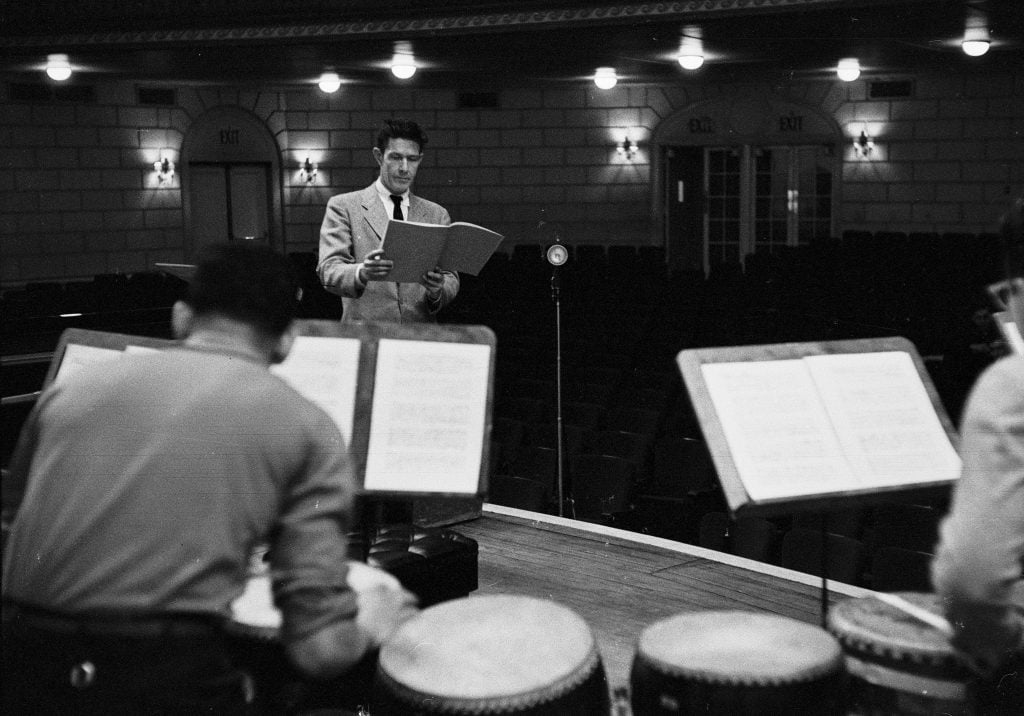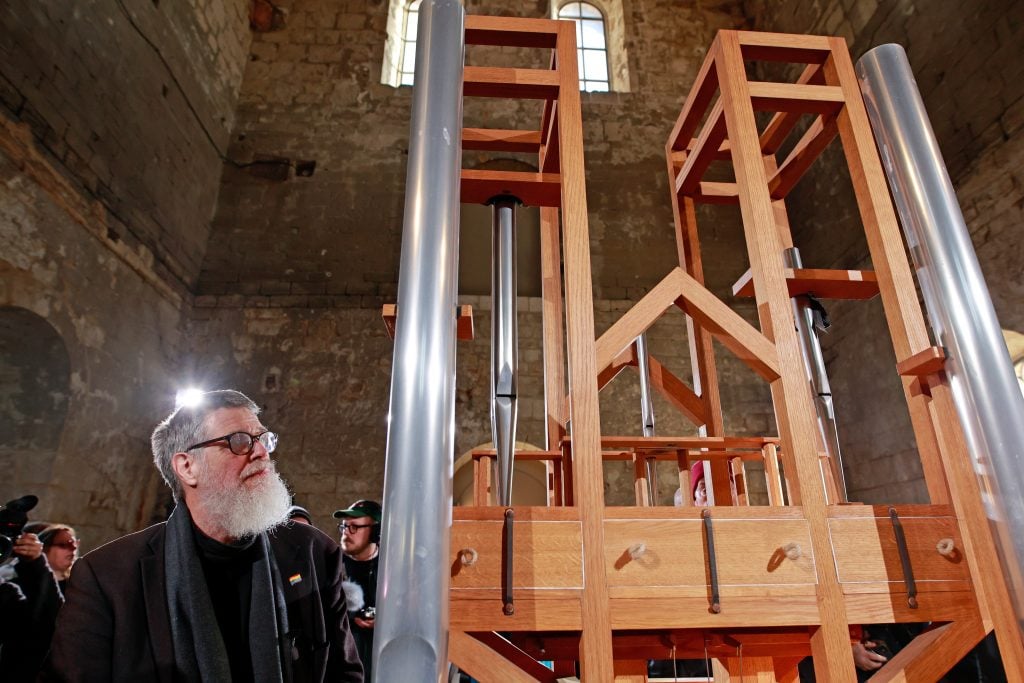Art World
Fans Flock to Witness a Single Chord Change in John Cage’s 639-Year-Long Organ Performance
The slowest and longest version of Cage's experimental score is set to finish in the year 2640.

The slowest and longest version of Cage's experimental score is set to finish in the year 2640.

Jo Lawson-Tancred

No matter whether you prefer jazz, country, or rock and roll, most interesting songs have a bunch of chord changes that come and go throughout the bop’s roughly three-minute runtime. Those tuning into Organ²/ASLSP (As Slow as Possible) by the American avant-garde composer John Cage may have to wait around a little longer to hear a progression.
Cage wrote the eight-page composition in 1987, giving its player the instruction to complete it as slowly as possible. The slowest and longest version of the score, the John Cage Organ Art Project Halberstadt, started in 2001 and is not expected to finish until 2640. The way things are looking in 2024, we can only hope humanity will survive long enough to hear the final note ring out.
Music lovers had something to get excited about yesterday, however. Expectant crowds gathered around the purpose-built mechanical organ at Burchardi Church in Halberstadt, Germany, where the centuries-long performance is taking place. They heard the song’s chord changing for the first time in two years.
This monumental moment was brought about by volunteers inserting a new pipe into the organ. The eager spectators had snapped up their tickets for the occasion years in advance, with front row seats selling for as much as €200 ($215) apiece.

Rainer O. Neugebauer, Chairman of the Board of Trustees of the John Cage Organ Foundation Halberstadt, stands at the organ in the Burchardi Church for the change of sound. Photo by Matthias Bein/picture alliance via Getty Images.
Those who missed out on a spot this time around will have to wait more than two years for the next chord change, which is scheduled to take place on August 5, 2026. Anyone with a lot of faith in cryonics can even buy a “Final Ticket,” reserving a seat to watch the shows end on September 4, 2640. If necessary, those tickets are transferrable.
Though Cage specified that the composition should be played as slowly as possible, he never specified a desired time frame. The organizers of the Halberstadt project were keen to embrace the challenge.
A group of philosophers and musicians met in 1997 and decided that they could probably eke the score out over an impressive 639 years. This number represents the amount of time that elapsed between the year when the first organ was installed in Halberstadt Cathedral in 1361 and the year 2000, which was when the composition was scheduled to begin.
The second longest recorded performance was performed live for 24 hours on the YouTube and Twitch channel AllRequest_Live.
Cage is perhaps best known for his composition 4’33 from 1947. While his score specifies which instruments are required, musicians are instructed not to play for the duration of the performance. Instead, the audience is forced to commune with the natural background noise of their environment.
The experimental composer also spent two summers in the 1950s as an instructor at Black Mountain College, a highly influential liberal arts college in North Carolina. Cage’s work had a notable influence on artists like Robert Rauschenberg, Allan Kaprow, and Gerhard Richter.